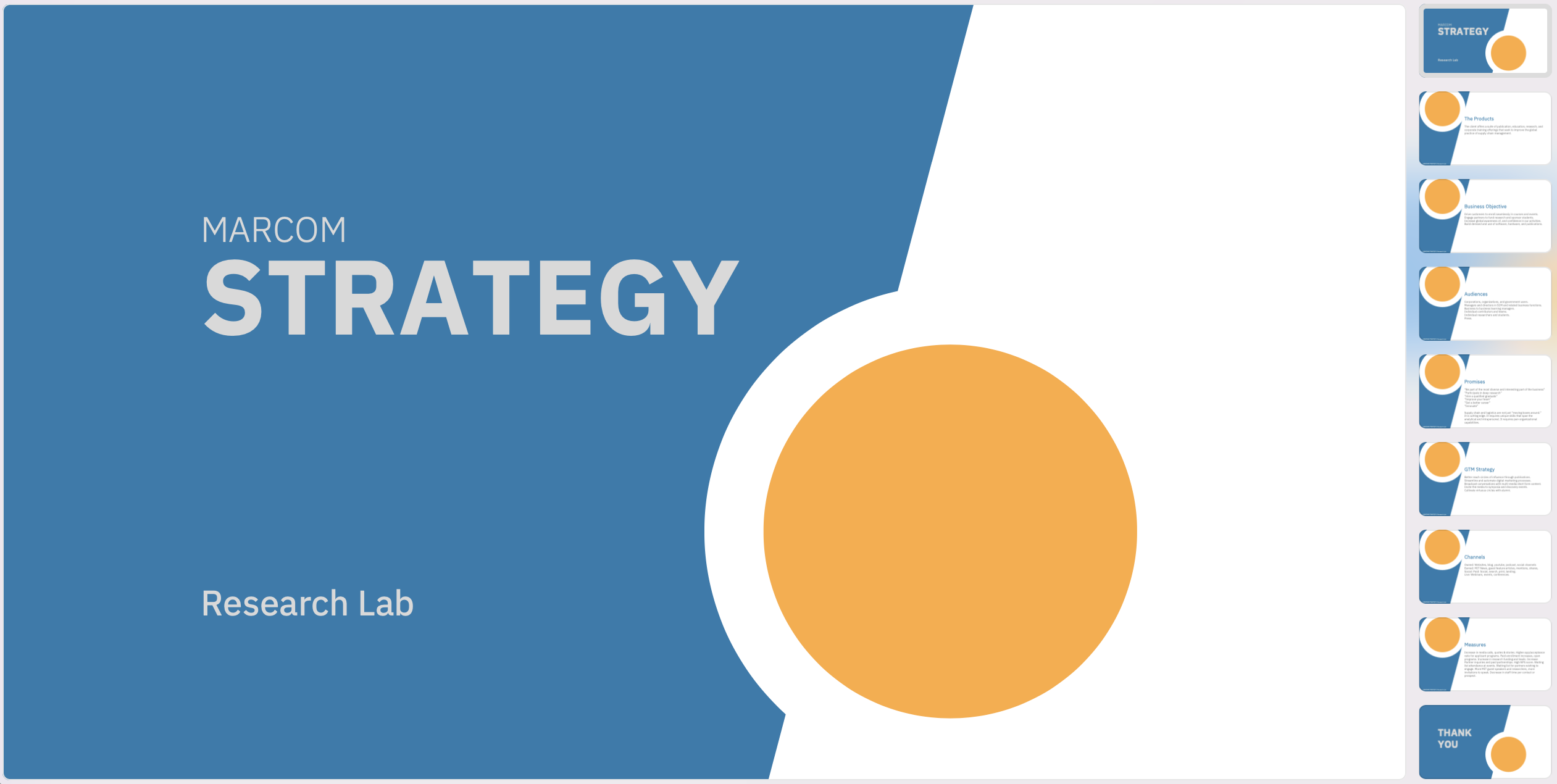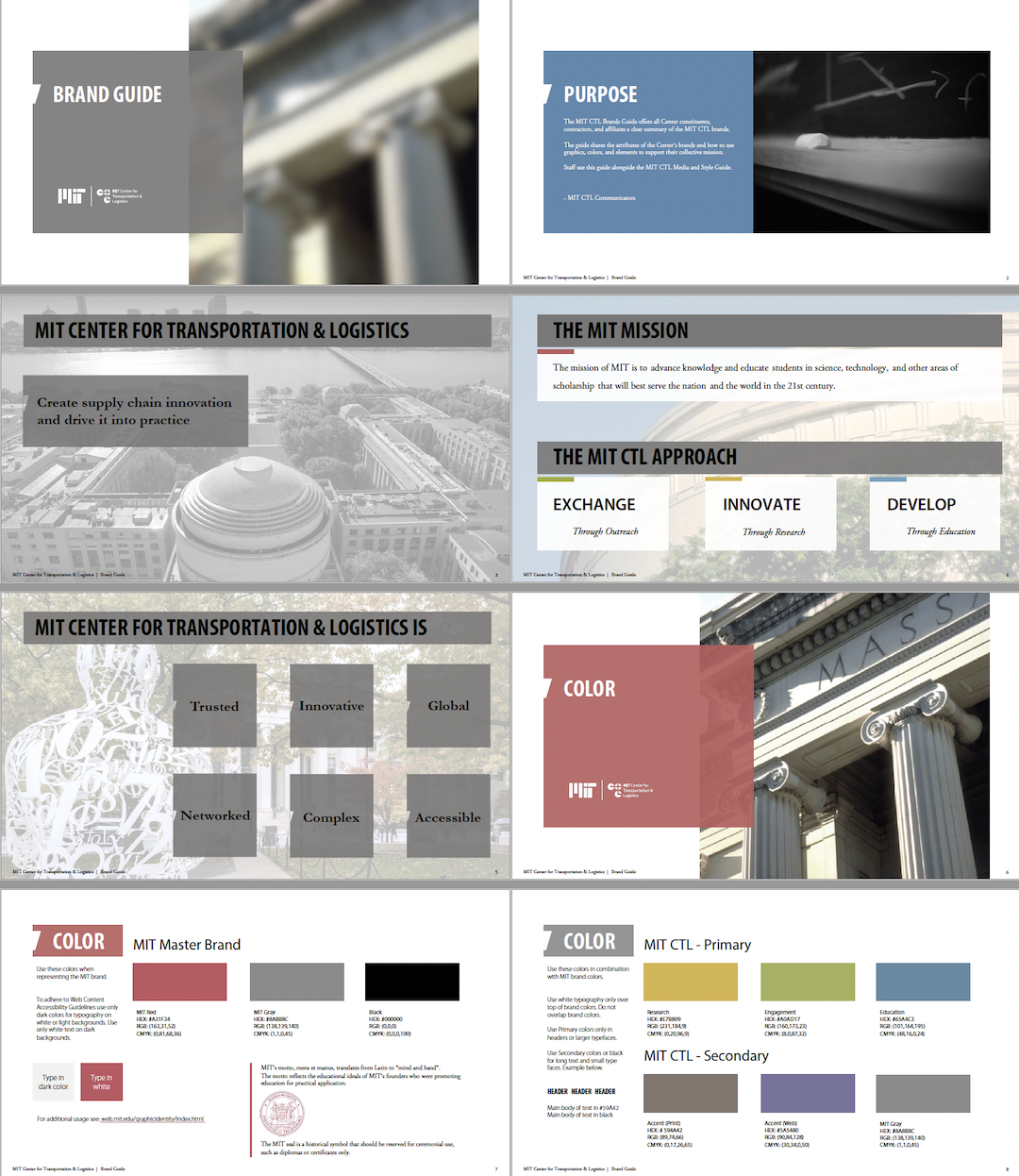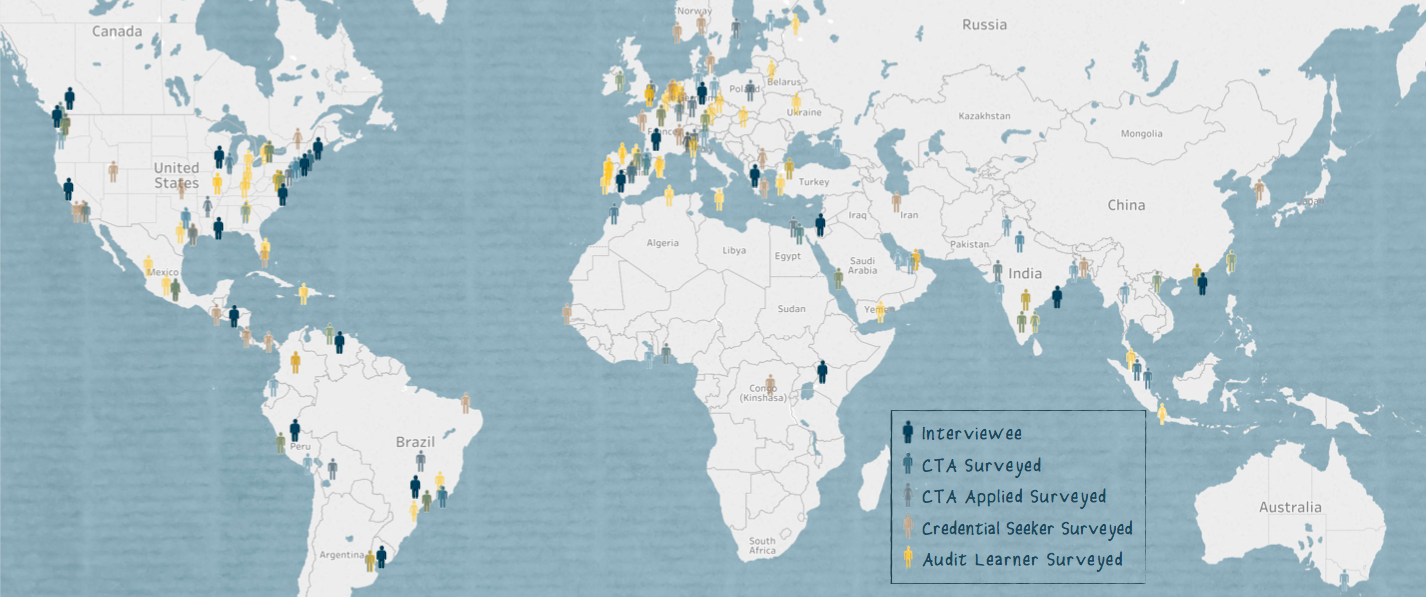User-centered product strategy
Doubled new leads + 10x engagement at MIT
Outcomes
Hours watched on YouTube
Podcast downloads
Learners enrolled in online courses
Publication downloads/year
%
Annual increase in website traffic
%
Percent increase in online sales over two years
Observe
Case Context
The client business unit provides education products, learning resources, and publications to customers globally through multiple online, print, and in-person channels. It targets all levels of supply chain and manufacturing professionals. Technology and industry changes drive increased demand for actionable education and learning products.
Client web engagement is unorganized and scattered across various sites and social media channels. Each product owner produces their own social media accounts, resulting in little to no interaction and upkeep and lagging user utility. The business unit has an ever-growing list of social accounts on YouTube, LinkedIn, Facebook, WhatsApp, et al. Paid channels are incorporated without oversight. Product owners haphazardly launch and stop campaigns with little unifying brand standards, strategy, or content curation.
Stakeholders
Potential, current, and alumni customers, the client business unit, the brand, and parent institute.
Roles
User experience designer. Team and project manager.
Collaborators
Executive leadership, unit product owners, design, engineering, & events teams, contractors.
Reflect
Design Principles
Unit Contributor: The solution should minimally alter existing unit processes and expose contributors to the media as experts in the field.
User: The solutions should:
- illustrate the brand’s quality
- provide immediate access to learning
- provide a sense of familiarity with the people behind the content
- and allow the user to appear knowledgeable in front of their peers.
Unit stakeholders inspired our strategy journey with their wealth of content and expertise. We interviewed staff to understand their areas of expertise, passion for subject material, and aspirations for their audiences. We surveyed and interviewed past customers to uncover motivations, JTBD, and emotional considerations. We combined qualitative results with quantitative reviews of LinkedIn, YouTube, blog, web, and social traffic histories to best understand the target audiences for all unit products. We intensely studied content consumed to create personas for three primary audiences.
Personas
- “StackOverflow” Young professionals seeking instant knowledge
- “Mini-MBA” Mid-career managers facing new leadership challenges
- “Secret Shopper” Domain educators, competitors, and collaborators
Methods
- Competitive analysis
- User interviews
- Personas
- Data mining, quant
- Cluster analysis
- Brand identity, values, voice
- User training
- A/B testing
- Multi-media production
Software
Adobe Creative Suite, Drupal, Google Analytics, WordPress, Zoom Webinars
Act
Product strategy
- Identify and socialize user personas for each product category.
- Build a comprehensive brand guide and per-service product strategy.
- 70/20/10 content strategy. 70% actionable, 20% congratulatory, & 10% CTA.
- Create global cross-product annual content and experience calendar.
- Consolidate organic product channels into product categories.
- Build connections across domain disciplines for nurturing retention.
- Mine, measure, and publicize customer enthusiasm with NPS and CET.
Channels
Cross-platform podcasts, Facebook, Instagram, LinkedIn, Medium, Twitter, websites, YouTube
Samples
Selected News Placements (2022)
Strategy Overview
(click the image to download 84 KB pdf.)
Selections from brand design system
(click the image to download a 6.4 MB pdf.)
More Cases
Zero Trust SecOps service design
Reducing risk at U.S. Centers for Medicare and MedicaidOutcomesBonus...
UX and design system – annual global research initiative
The State of Supply Chain Sustainability research effort and report...
Gratitude_x – How gift economy influences learner attitudes in a massive open online course
Abstract Massive Open Online Courses or MOOCs have grown in membership...











